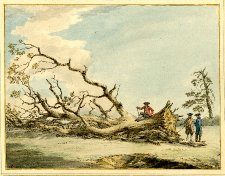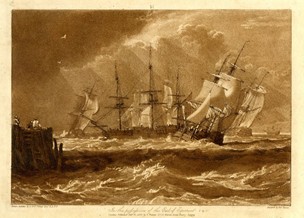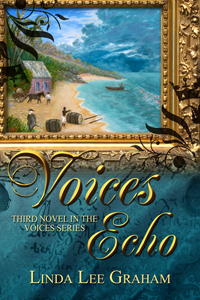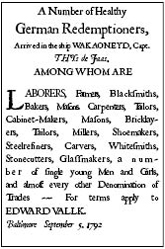Was it a Category 3, 4, or 5?
Jamaicans couldn’t categorize the hurricane that slammed their island on October 3, 1780. Instead, they compared their losses to the losses they’d suffered in past 18th-century hurricanes.
Had more or

Predictions and Precautions
Hurricanes were alien to the Caribbean’s early European migrants and enslaved Africans. But by the late seventeenth century, they’d learned enough of the storms to make predictions. Taking guidance from the native Indians, colonists began looking to the sky and moon for signs of upcoming storms.
In the 1670s the Royal Society offered barometers to those living in the West Indies, but unfortunately, not only were they considered difficult to use, the colonists deemed them untrustworthy. One account claimed that not one Barbados resident made use of a barometer before, during, or after their 1780 hurricane.1
Once it became apparent that there was a hurricane season, ship captains and traders scheduled accordingly. Planters learned to process and ship their crops quickly, before the start of that season. They learned to dismantle the more vulnerable buildings to protect them, to board up windows, and to move all valuables from cellar and warehouse floors. But, as is the case today, preparation was not always enough.
A Hurricane’s Devastation
Accounts exist in surviving newspapers, pamphlets, diaries and letterbooks of the era, chronicling the emotional and economic devastation of the 18th-century hurricanes. In their own words:2
“. . . the external face of the earth, so much altered, scarce know where I am. Not a blade of grass, or a leaf left, or tree, shrub or bush . . . the appearance of the dreary mountains of Wales, in the winter season . . .”
“. . . the most luxuriant Spring changed in this one Night to the drearyest Winter . . .”
“. . . swell[ed] to a most amazing height, overflowing the ill-fated town of Savanna la Mar and the low lands adjacent . . .”
“ . . . not less than 300 people of all colours were drowned or buried in the ruins . . .”
Repercussions of 18th-century hurricanes
For a time 18th-century Jamaica was one of the brightest jewels in the British Empire. But while her exports (and the tax on those exports) created enormous wealth for both the planters and the Crown, an active hurricane season created enormous repercussions.
Crop losses increased the price of food imports for Jamaicans. Those same losses increased the price of exported sugar and coffee for the British. Property losses increased the demand for imported building supplies and furnishings. And sadly, the loss of lives drove a demand for even more slaves.
The timing of the 1780 hurricane was particularly devastating to Jamaica. North America had been one of the West Indies’ major trading partners, one they’d lost with the advent of the American Revolution. While the hurricane wreaked havoc on Jamaica’s locally grown food, the barriers to trade with the upstart Americans wreaked havoc on its supplies. Without those supplies, many died in the storm’s aftermath—from disease as well as from the scarcity of food and clean water.
The country barely had a chance to get back on her feet after the October 1780 hurricane before another hurricane hit the following August, then another in 1784, another in 1785, and again in 1786. The governor wrote to London in 1786 that “this unfortunate island has again been visited by one of those Public Calamities which seem to have become annual in this Quarter of the world.” 3
Public Aid
Heartbreaking conditions provided plenty of fodder for political arguments, whether for or against slavery, or for or against trade restrictions. Relief societies sprang up to send aid, and from time to time, trade restrictions were lifted to ease the shortages. But more often than not, the aid was insufficient.
One Jamaican planter, a Mr. Wynne, noted that “hurricanes may have been acts of God, but humans played an important role in shaping their impact.”4
Hurricanes were just one of the plagues of eighteenth-century Jamaican life, as Liam and Rhee discover in Voices Echo.
Featured Image: In the Possession of the Earl of Egremont ~ Turner 1808 © The Trustees of the British Museum
1Mulcahy, Matthew. Hurricanes and Society in the British Caribbean, 1624-1783 Baltimore: The John Hopkins University Press, 2006, p. 53
2Ibid., p. 24
3Ibid., p. 112
4Ibid., p. 116




